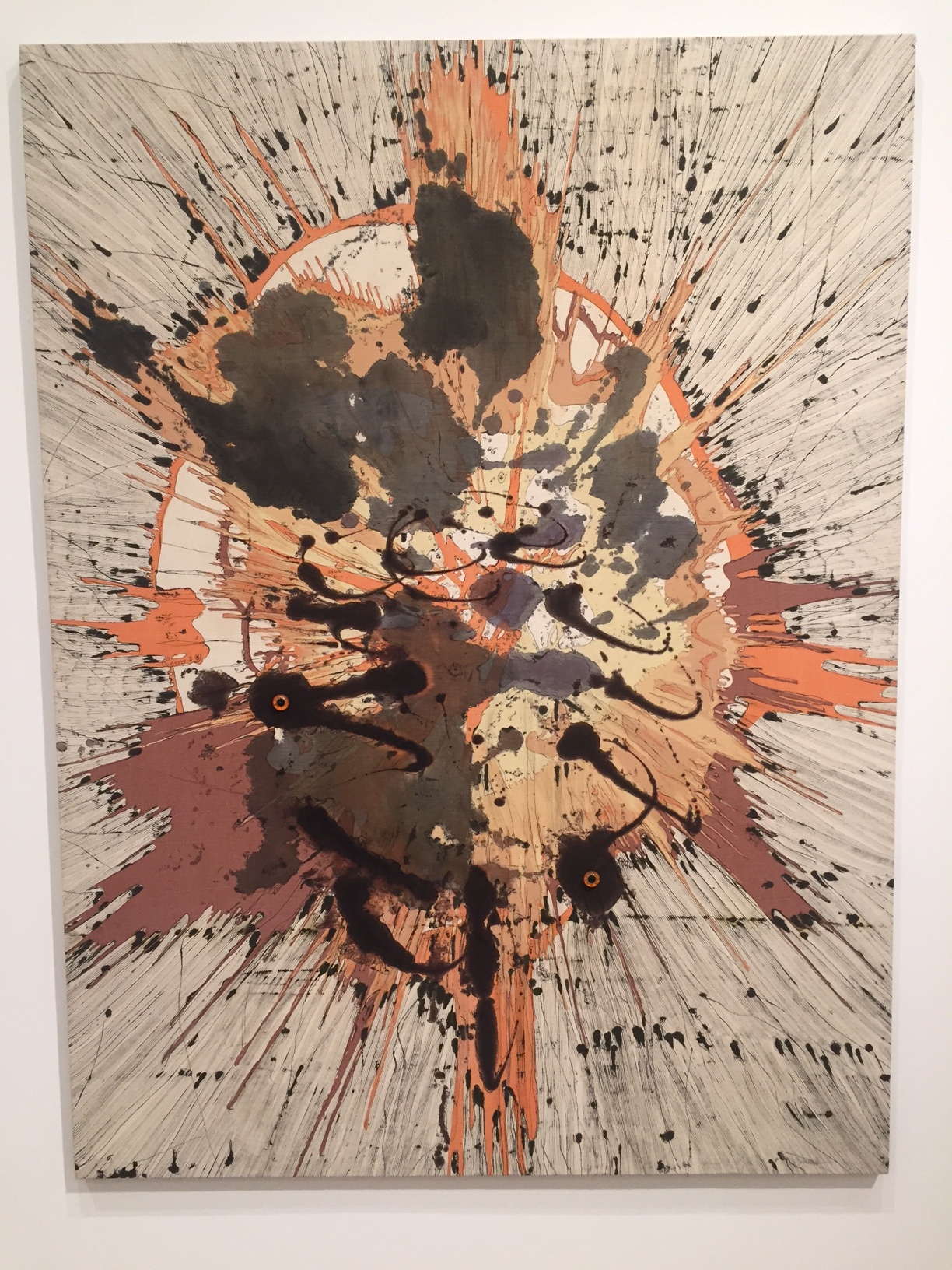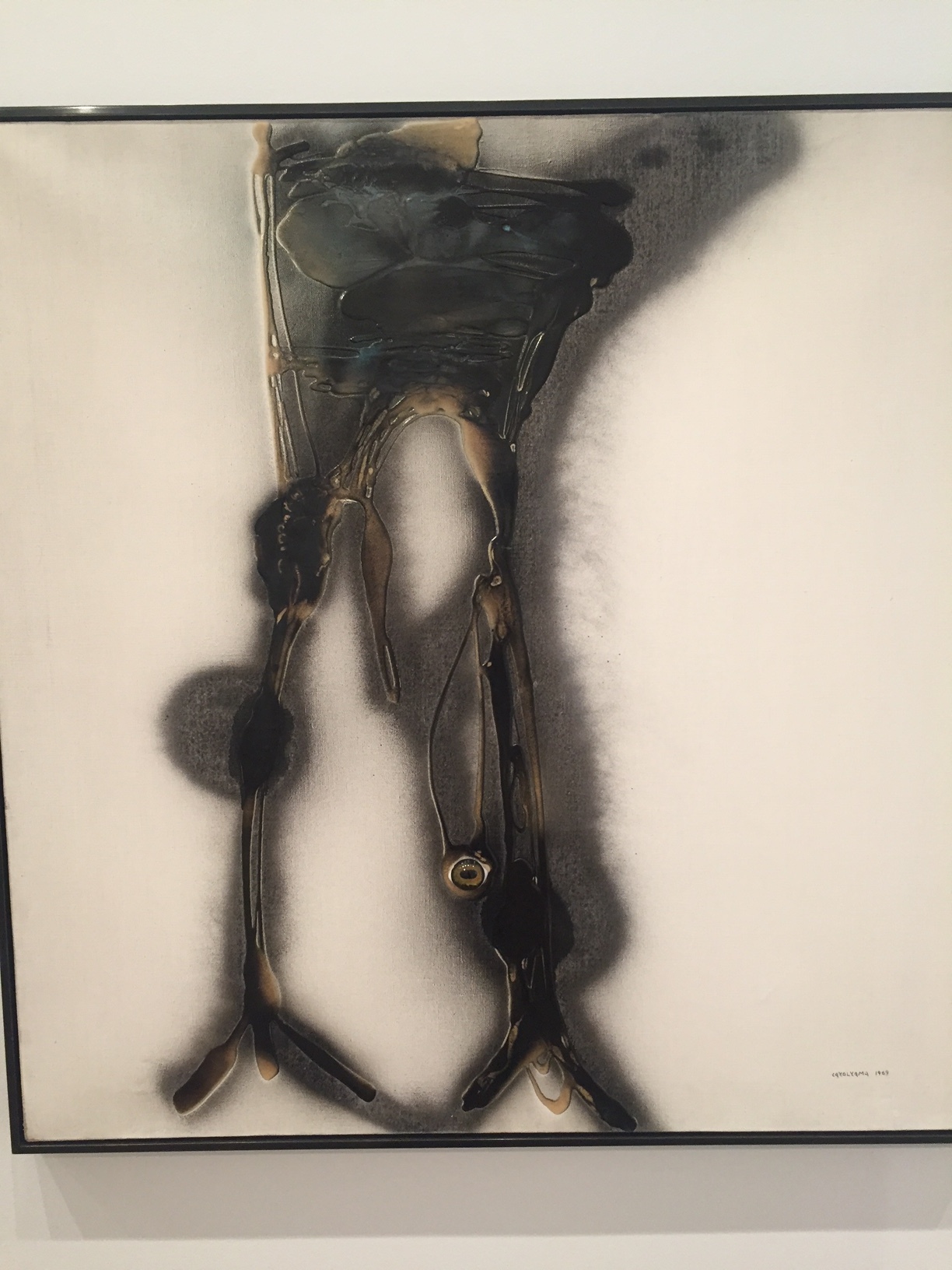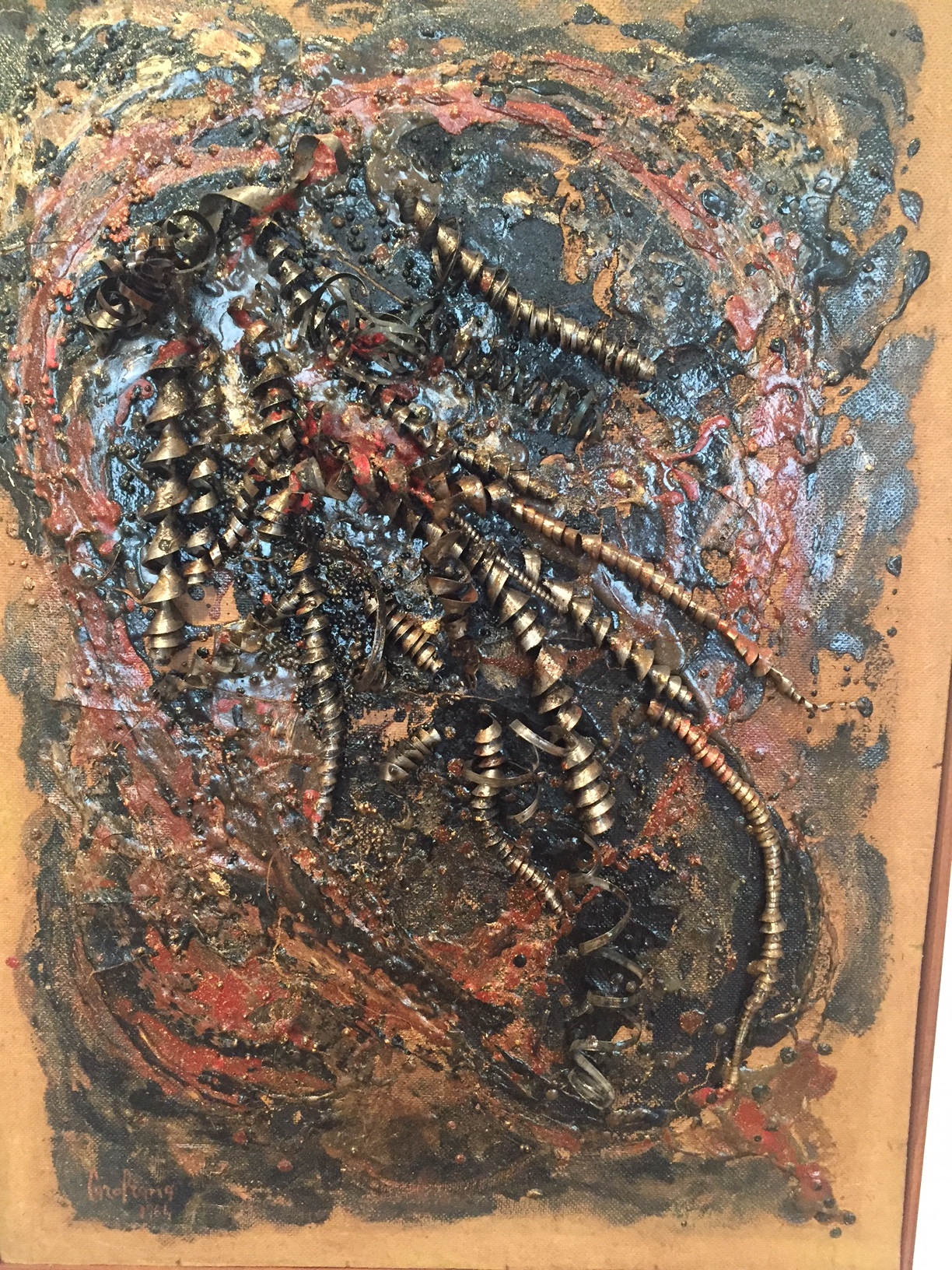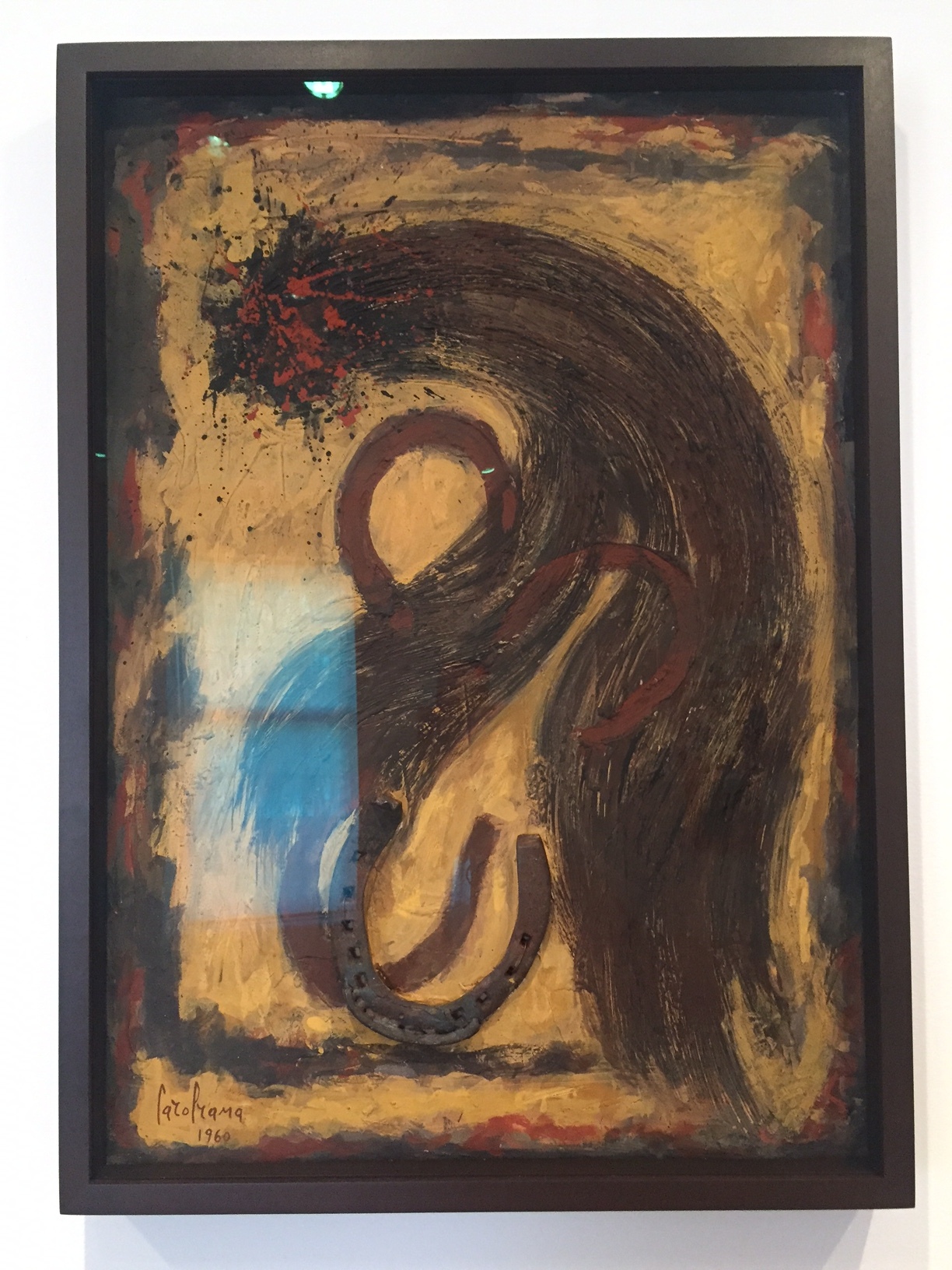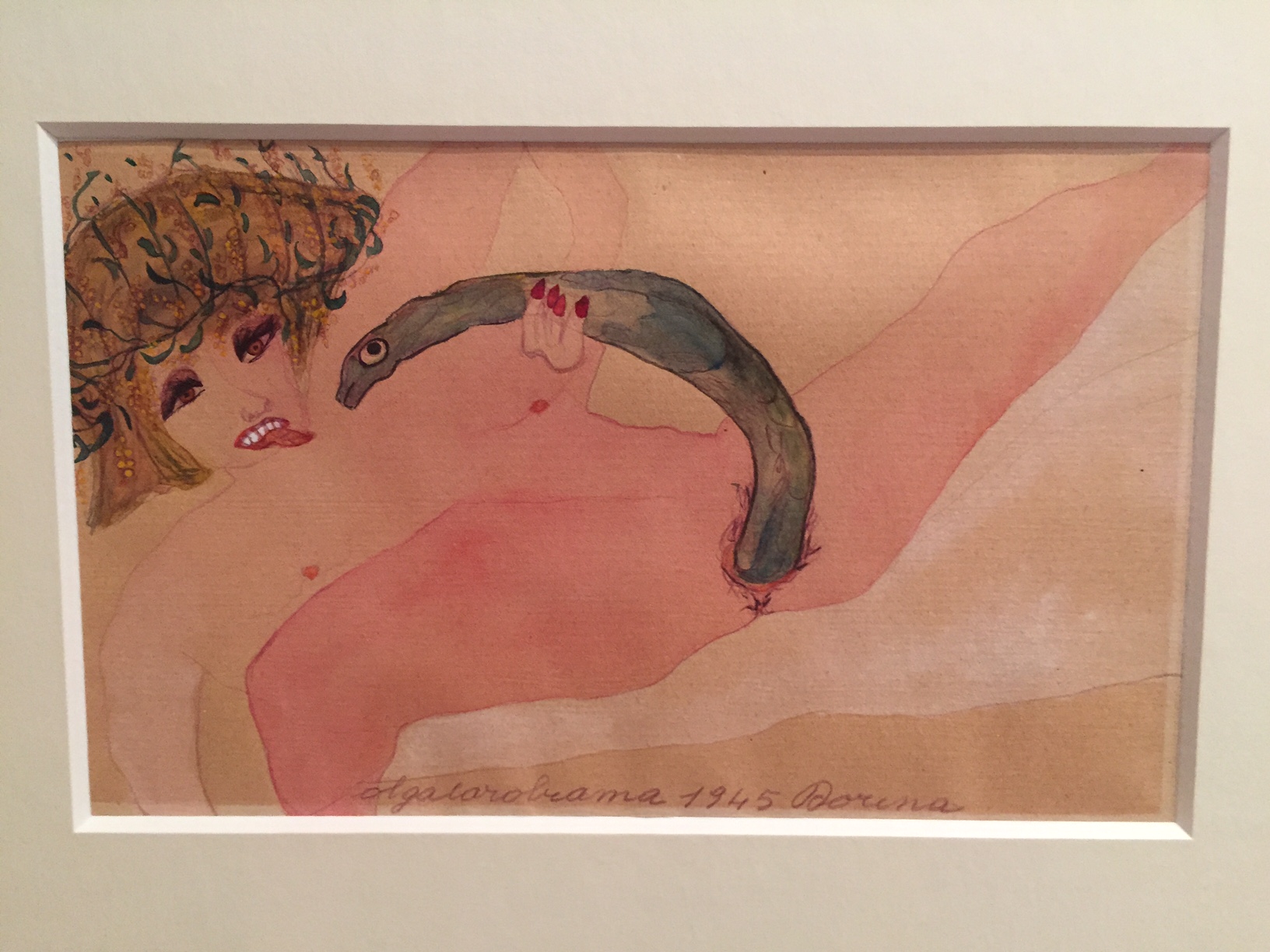When I was in Gibellina (see my report on Artnet) Sicily discovering the history of the modernist town that had been built adjacent to the ruins famously covered in concrete by Alberto Burri, I corresponded with designer and artist Nanda Vigo, who has died. Vigo who had worked with Gio Ponti and lived with Piero Manzoni, designed the 'Anthropomorphic Tracks" repurposed out of elements that had been destroyed in the 1968 earthquake. Vigo said (in her own translation), "My idea was to give remembers of the old village, so I recovered the remains of the very old fountain, still there from the time when the village was founded from Arabian people, and I rebuild it in the new town. I did the same with a beautiful “normanno” arch and with many pillars from the main church. All together I called “tracce antropomorfe” (anthropomorphic tracks). Vigo was a leader in the effort to help the town's mayor Ludovico Carrao in marshaling artists to help build this new city. Very candidly she considered the project something of a failure, " today Gibellina looks like a dead town, without the look and the hand of Corrao. The municipality of the town don’t take care at the monuments, enough the Burri “cretto” is now save thank to the private policy. There are living only old people, young population leave for the main town or strange country." Gibellina is being rebuilt, and Sicily is one of the first Italian areas to reopen. Still, I fear for the important but delicate ongoing preservation project.
Carol Rama was not one for sitting pretty
Carol Rama was very much her own person and her own artist, but I could not help but be reminded of Alberto Burri when I saw her work. Both repurposed discarded materials in their canvases (Rama: syringes, tires; Burri: war cast-offs, plastics and sheet metals) making not-quite-paintings, not-quite-sculptures, emerging then with a third dynamic way of bricolage. Unlike Burri, she had little recognition until the end of her life: her work challenged erotic and gender norms. Rama’s current show at Levy Gorvy also includes Egon Schiele-esque delicate, erotic watercolors and pen and ink drawings which do not seem as if they could not have come from the same much more abrasive fount. "I didn't think I had the qualities for becoming an artist," she once said. "Beautiful women, prima donnas, beautiful people who speak several different languages, sitting and being charming.”

